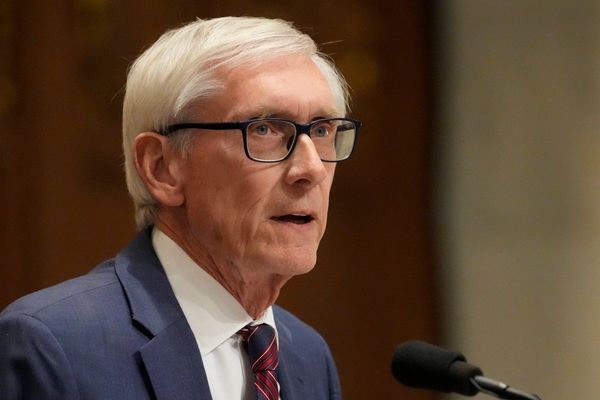A surge in respiratory illnesses in China, particularly among children, has reportedly swamped paediatric units in city hospitals, while authorities have urged calm, attributing it to a post-lockdown wave of illness.
Many hospital wards are full, according to state and other media reports in China. The Global Times reported on Tuesday that the Beijing Children’s hospital was receiving up to 9,378 patients a day and had been at full capacity during the past two months. It also said outpatient clinics, paediatric clinics, and respiratory departments at several Beijing hospitals were booked out for at least seven days.
Photos and videos online and on state media showed crowded waiting rooms with beds lining hallways in a Hebei hospital. One report quoted parents in Jinan saying that half the students in their child’s class were sick. Footage of students doing homework while in hospital reportedly prompted warnings from local officials that schools should not make children catch up on work while they are ill. In Hangzhou one parent told media that classes had been suspended because so many children were away.
Last week the World Health Organization said it was monitoring an increase in “undiagnosed pneumonia in children’s hospitals in Beijing, Liaoning and other places in China”.
Available data suggests rates of flu-like illnesses are more than double those of recent years, but authorities have urged calm, attributing the rise in cases to the beginning of the first flu season since pandemic restrictions were lifted.
At a press conference on Sunday the national health commission urged local authorities to open more fever clinics, extend service hours, and increase supplies of medications.
“We also remind everyone to adhere to the hygienic habits of wearing masks, ventilating frequently, and washing hands frequently, and encourage key groups such as the elderly and the young to actively receive relevant vaccines,” said Wang Huaqing, head of the CDC’s immunisation programme.
“Those who can be vaccinated should try their best to get vaccinated to prevent the occurrence of infectious diseases.”
They said the rise in cases was not being driven by any new pathogens, but instead by the spread of bacteria such as mycoplasma pneumoniae and common pathogens including influenza, rhinovirus, adenovirus and RSV.
Chinese authorities responded to the WHO’s request for information within 24 hours, and during a teleconference provided data that the WHO said indicated increases in doctor consultations and hospital admissions of children due to mycoplasma pneumoniae since May, and RSV, adenovirus and influenza viruses since October. It said this was not unusual given the contributing factors, and did not recommend any travel or trade restrictions.
Maria Van Kerkhove, acting director of the WHO department of epidemic and pandemic preparedness and prevention, said the rise in cases was in line with “what most countries dealt with a year or two ago”.
China was one of the last countries to lift restrictions when it formally ended its zero-Covid policies in January. Other nations saw spikes in respiratory illnesses after the end of Covid-19 restrictions.
“This phenomenon of lockdown exit waves of respiratory infections is sometimes referred to as immunity debt,” Prof Francois Balloux, of University College London, told the Independent.
“Since China experienced a far longer and harsher lockdown than essentially any other country on Earth, it was anticipated that those lockdown exit waves could be substantial in China.”
Some neighbouring countries have expressed concern, given the Chinese government’s lack of transparency regarding previous outbreaks, in particular Covid-19. Some governments are monitoring the outbreak closely, including in Taiwan where the CDC issued warnings for people to take greater care with hygiene and symptom monitoring, given the high volume of cross-strait travel and exchange.
Chi Hui Lin contributed to this report







